Reaching for the Sky: How Singapore’s Skyline Transformed Over Time
At first glance, the city-state seems like a display case of glass and steel. But behind its gleaming exterior lies the story of a nation once known as a trading port—now recognized as one of the most advanced financial centers in the world. The shift in the skyline—from rows of low warehouses to soaring towers—reflects ambition, discipline, and thoughtful urban planning that built modern Singapore.
- Development timeline: 1960s port beginnings, 1980s financial district, now transitioning into mixed-use towers.
- Landmarks like Marina Bay Sands, Jewel Changi, and Guoco Tower elevated the city’s global image.
- Collaboration between government and private sector blends architecture, technology, and greenery to address land constraints and climate adaptation.
From Docks to Districts (1960s – 1970s)
During the 1960s, the Singapore River was lined with warehouses and cranes. Trade was the heartbeat of the economy. As demand for offices grew, the government launched the Urban Renewal Programme. This initiative opened land in Raffles Place for the first high-rise commercial buildings.
These early towers were modest, many under 100 meters, yet they carried an energy of upward momentum. They were signals of a country preparing to shift from a trading hub to a modern economy.
The Financial Center Takes Shape (1980s – 1990s)
By the 1980s, global banks were arriving. One symbol of that era was UOB Plaza I—begun in 1986, completed in 1992—rising to 280 meters, then the tallest in Southeast Asia. Around the same time, OUB Centre (now One Raffles Place) joined the skyline.
A friendly rivalry emerged among local banks to claim the highest floor, showcasing confidence in the region’s economic future. During this time, authorities also imposed plot ratio controls and building height limits to preserve flight paths near the airport. These guidelines were not common in other major cities but became a key feature of Singapore’s planning playbook.
Waterfront Ambitions (2000 – 2010)
The closure of the old river port gave way to a fresh vision at Marina Bay. Authorities outlined a future where the precinct would support business growth. The Marina Bay Financial Centre, with its three towers, emerged as the new economic zone.
Later, the Guoco Tower surpassed older structures at 290 meters when completed in 2016. It wasn’t just about breaking height records. This tower introduced the idea of a vertical community—offices, residences, retail, and shared green spaces all within one structure. Urban designers praised its thoughtful approach to live-work balance.
Landmarks That Changed the Game
Marina Bay Sands (2010)
Three towers joined by a floating sky park. It has hosted product launches, film events, and major international conferences. Designed by Moshe Safdie, it reshaped Singapore’s southern coast and became the city’s most recognizable silhouette.
Jewel Changi Airport (2019)
A glass dome housing the world’s tallest indoor waterfall. Merging retail, transit convenience, and plant-filled design, it redefined how people experience airports. Jewel earned praise from architects around the world for its vision and scale.
Oasia Hotel Downtown (2016)
Wrapped in 21 plant species, the building acts as natural insulation and a habitat for birds. It proved that height can coexist with ecology, pushing the envelope for green skyscrapers.
How It Stands on the Global Stage
Next to skylines like New York or Dubai, Singapore stands apart. Pocket parks are woven between towers. Height and density are moderated to preserve views toward the sea. Despite limited land, the city has kept pace with global developers through strong regulations and a strategic long-term leasehold model.
More than just a collection of buildings, the skyline became a visual signature of Singapore’s identity. Films, fashion shoots, and esports events are held on rooftops like that of Marina Bay Sands. Other cities began mimicking its integrated resort model, boosting visitor numbers. In 2019 alone, tourist arrivals surpassed 19 million.
Green Thinking for the Years Ahead
Climate pressures are reshaping priorities. Expect to see more vertical greenery and energy-saving façades. One example is 8 Shenton Way—planned for completion by 2028 at 305 meters—featuring a hybrid timber core. This marks a shift from pure scale to environmental impact.
As regions like Europe and North America chase sustainability goals, Singapore positions itself as a testing ground for prefabricated construction and smart energy systems. Green innovation is not an afterthought; it’s becoming a foundation of the next generation of buildings.
Smart Infrastructure for a Modern City
Height alone doesn’t define a skyline. Intelligence matters too. Many new towers come equipped with smart building systems that adjust temperature and lighting based on real-time usage. Crowd analytics powered by AI are already in place at Jewel and several business lobbies, helping avoid congestion.
Though small in size, Singapore is proving that data-driven design can harmonize efficiency and aesthetics. Its example is now referenced by larger cities exploring similar tools.
Events That Accelerated the Rise
Asian Financial Crisis (1997):
Despite economic setbacks in the region, Singapore pressed ahead with Marina Bay land reclamation to stay on track.
Integrated Resort Approval (2005):
Paved the way for Marina Bay Sands and Resorts World Sentosa, blending leisure into the urban profile traditionally dominated by commerce.
Green Mark Scheme (2005 – present):
A strict energy rating framework that encourages developers to install rooftop solar panels and use glass that reduces heat without blocking light.
Post-Pandemic Shift (2021 – 2024):
Demand for wellness features and hybrid work setups sparked new design approaches, like sky terraces and shared outdoor areas in office towers.
Architecture as a Cultural Reflection
The skyline also tells a story of diversity. On a single street, you might find the golden dome of Sultan Mosque beside a modernist office tower. This coexistence shows how urban development respects history even while reaching for the future.
In every layer of concrete and glass, there’s a narrative of shared space, cultural preservation, and inclusive design. The blend of old and new gives the city a depth that numbers alone cannot measure.
Final Look Toward the Sky
As the towers climb ever higher, one lesson remains clear: in a land-scarce setting, imagination, smart regulation, and care for the environment become the true pillars of progress.
Over the decades, Singapore’s skyline has shifted from a riverfront of cargo cranes to vertical neighborhoods of steel and green. It’s not just a matter of growing taller. It’s about growing wiser—where design carries purpose, and the city looks after those who look up to it.





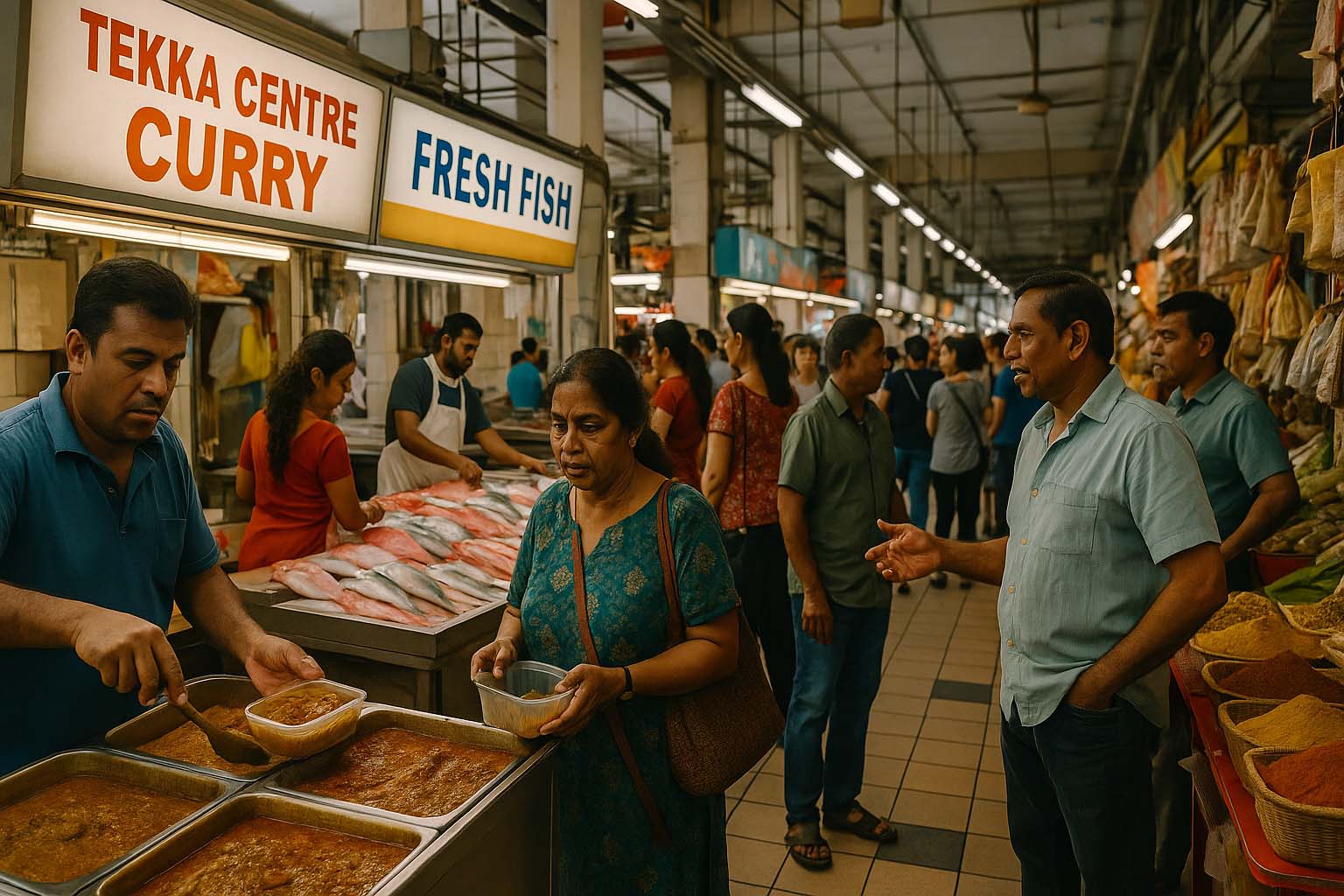
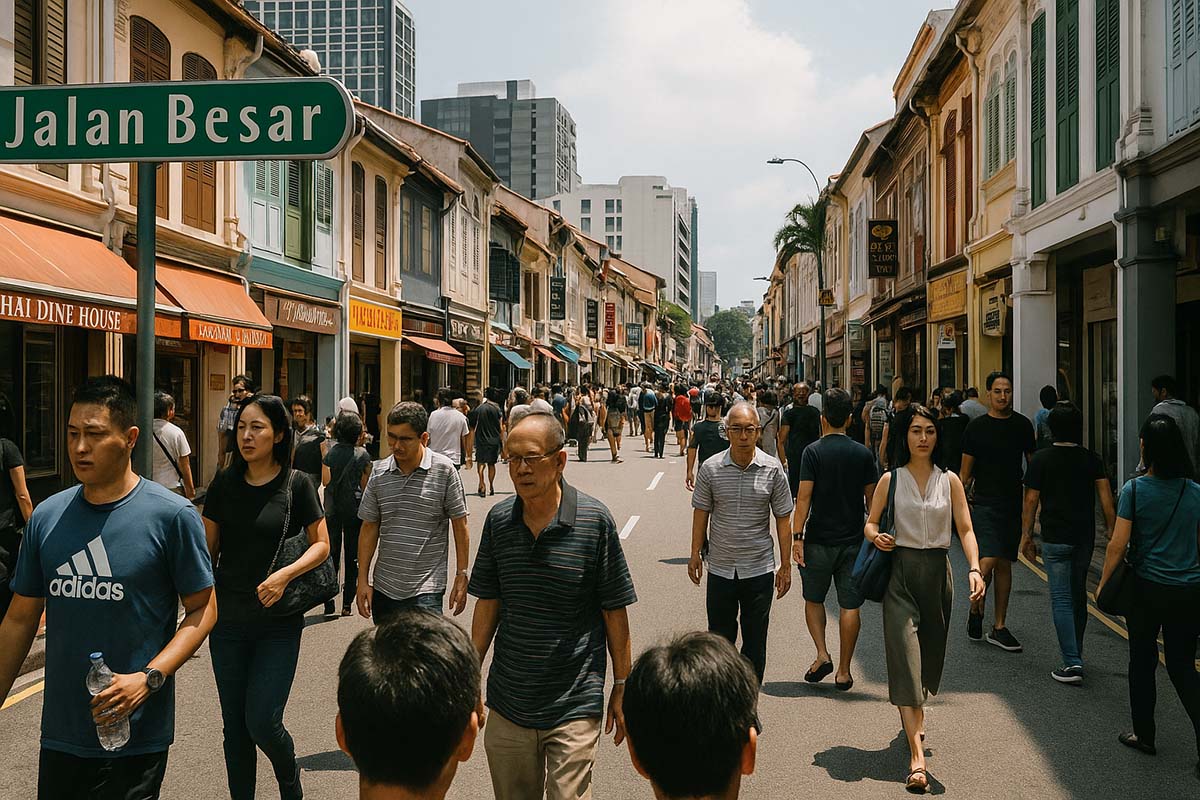
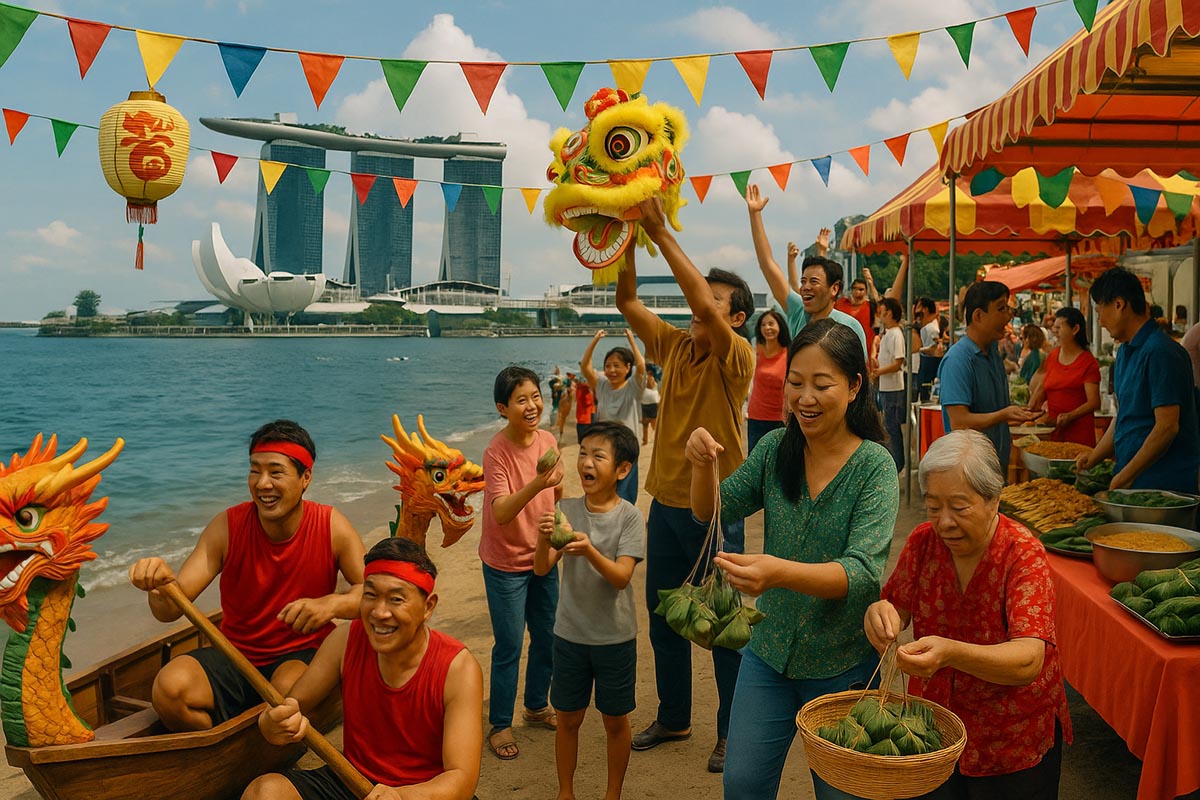
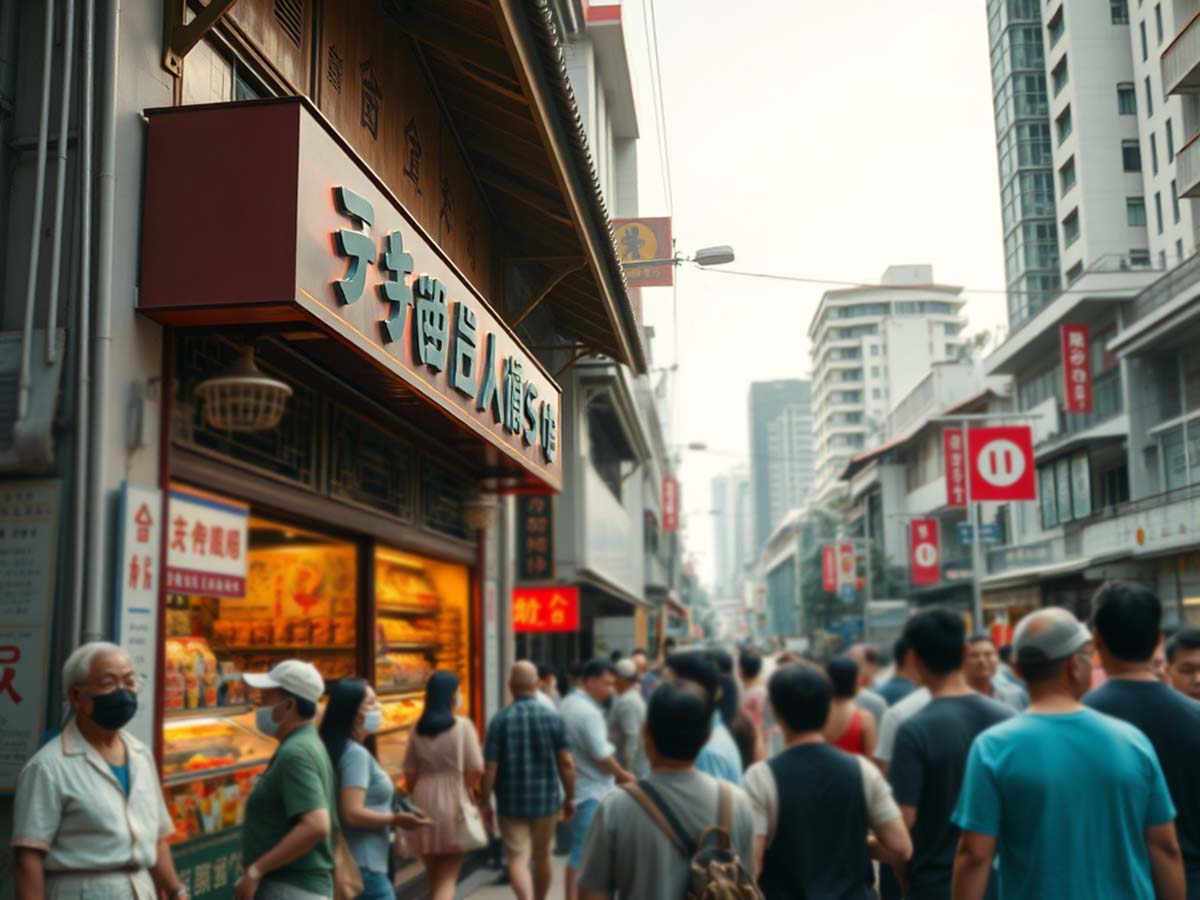
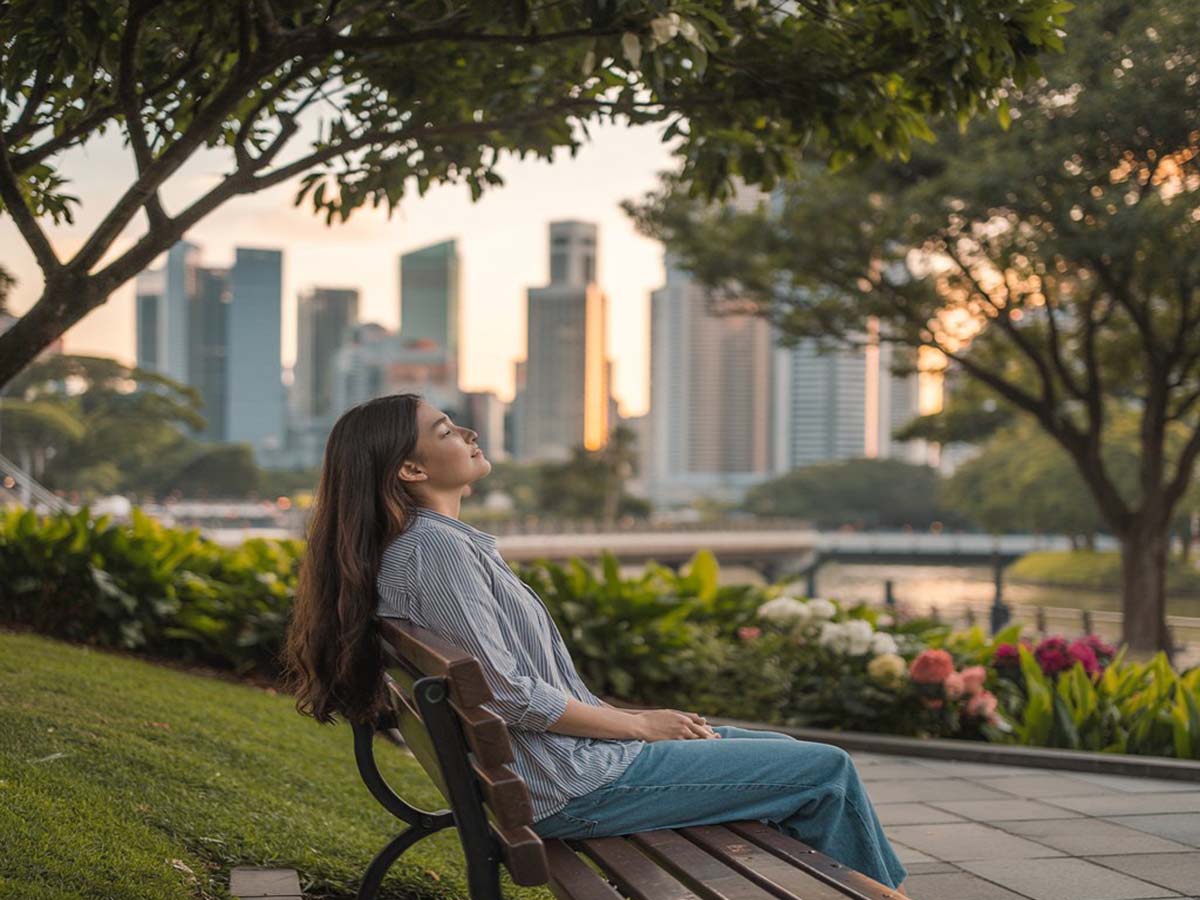
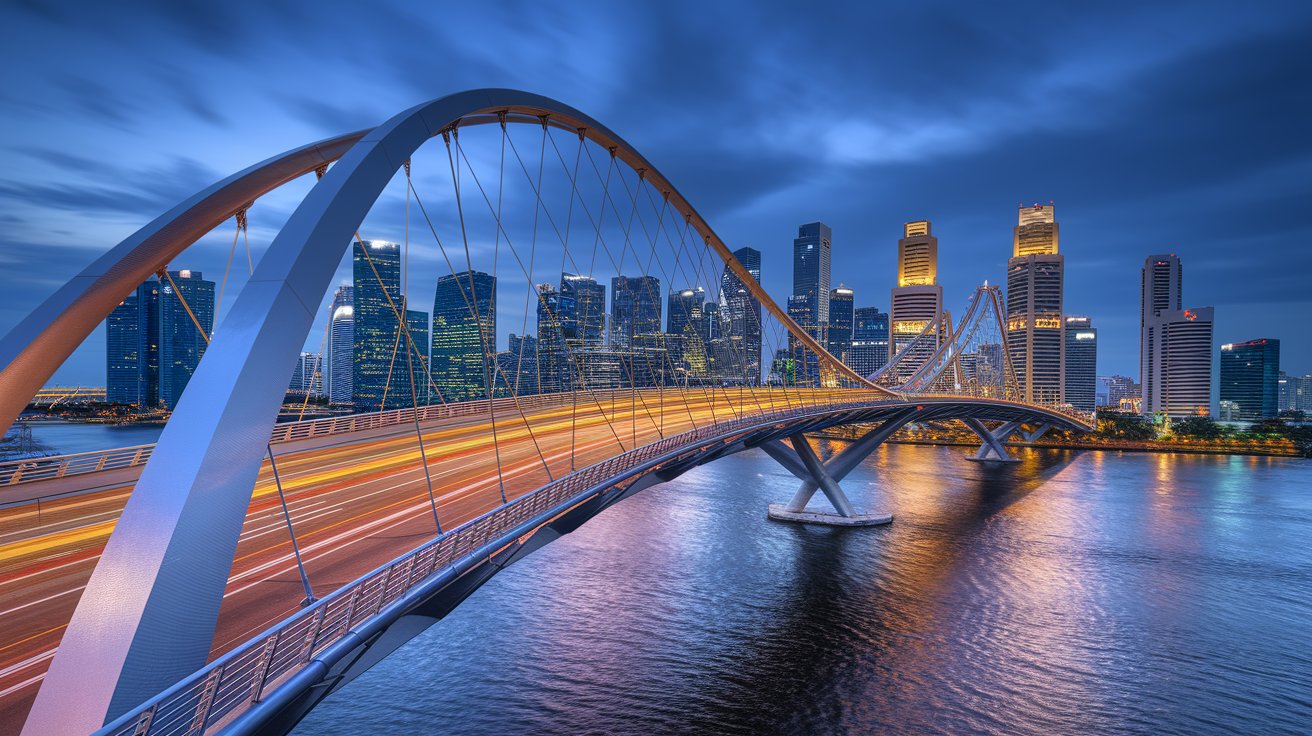



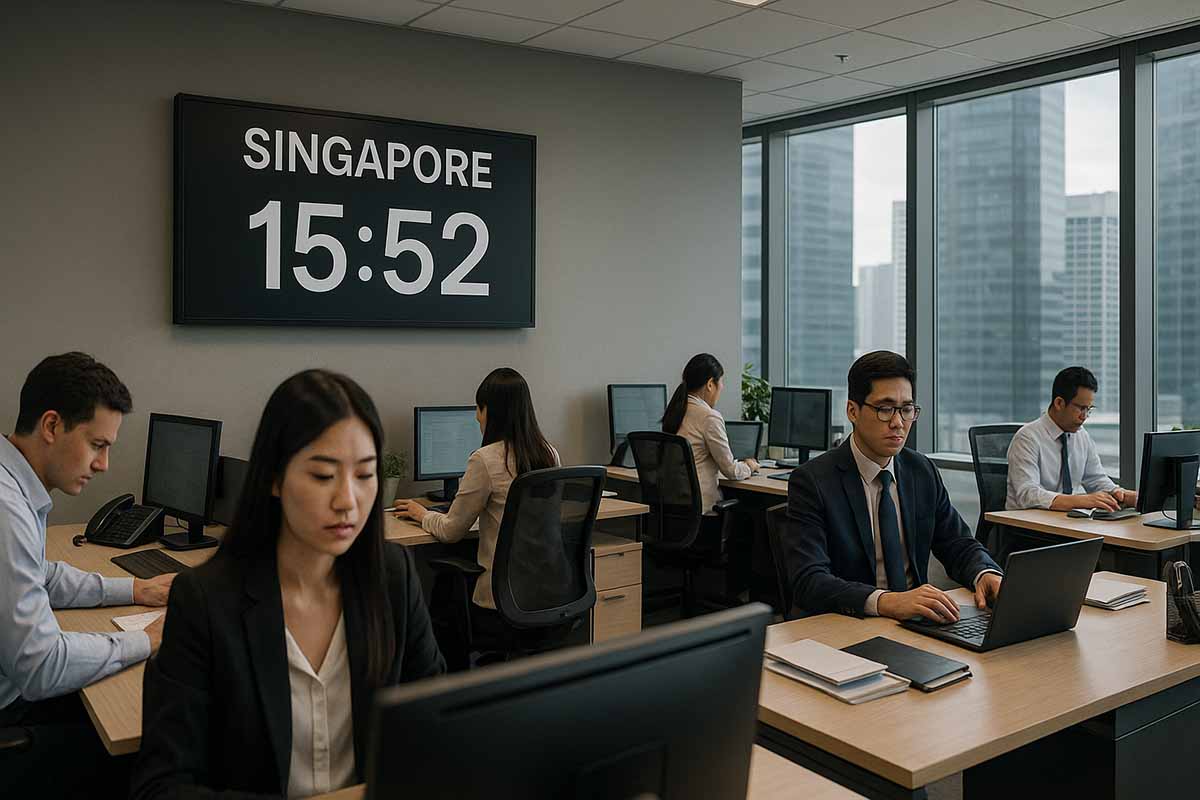
Leave a Reply